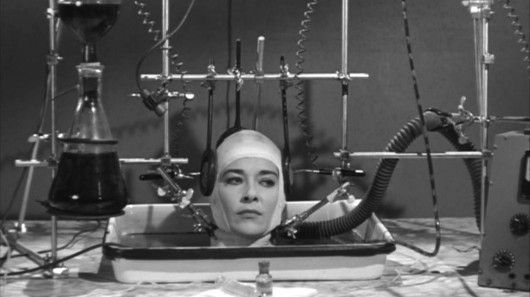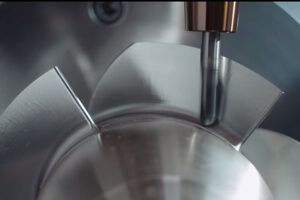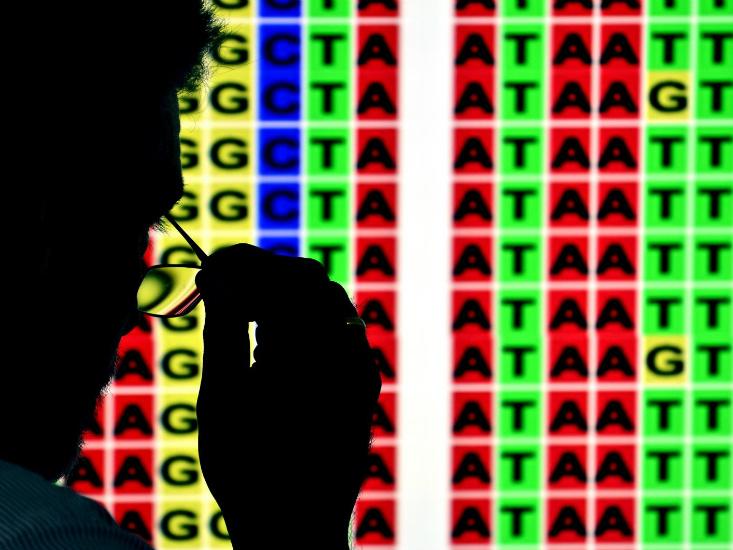Mar 7, 2015
Scientist claims that human head transplants could be a reality by 2017
Posted by Seb in category: biotech/medical
By Lakshmi Sandhana — Gizmag

Transplanting a human head onto a donor body may sound like the stuff of science fiction comics, but not to Italian doctor Sergio Canavero. He has not only published a paper describing the operation in detail, but also believes that the surgery could be a reality as early as 2017.
Canavero, Director of the Turin Advanced Neuromodulation Group, initially highlighted the idea in 2013, stating his belief that the technology to successfully join two severed spinal cords existed. Since then he’s worked out the details, describing the operation in his recent paper, as the Gemini spinal cord fusion protocol (GEMINI GCF).
Read more




 manufacturing methods set to upend industry. Another method, subtractive manufacturing, is the yin to 3D printing’s yang.
manufacturing methods set to upend industry. Another method, subtractive manufacturing, is the yin to 3D printing’s yang.








